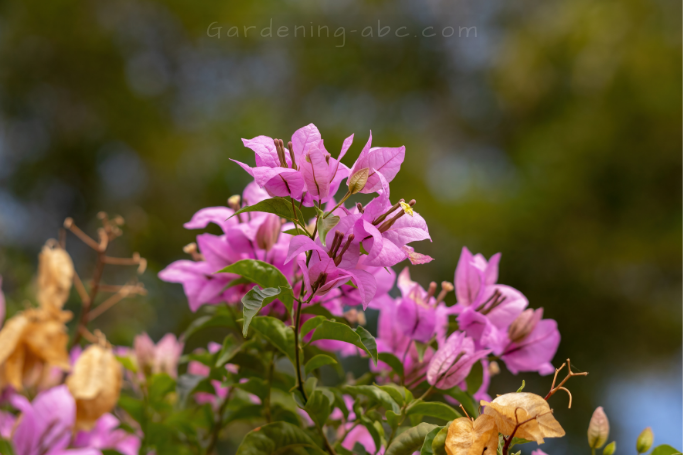We use affiliate links to run our site. When you buy through links on our site, we may earn an affiliate commission, without any added cost to you. Learn more
Creating an inviting and picturesque front yard is a desire shared by many homeowners. One way to achieve this is by incorporating ornamental trees into your landscaping. Ornamental trees not only provide beauty and shade but also add value to your property.
In this article, we will explore 10 stunning ornamental trees that are perfect for enhancing the aesthetics of your front yard. Discover how these trees can transform your home’s curb appeal and learn valuable insights on how to choose, plant, and care for them.
1. Dogwood Tree (Cornus florida):
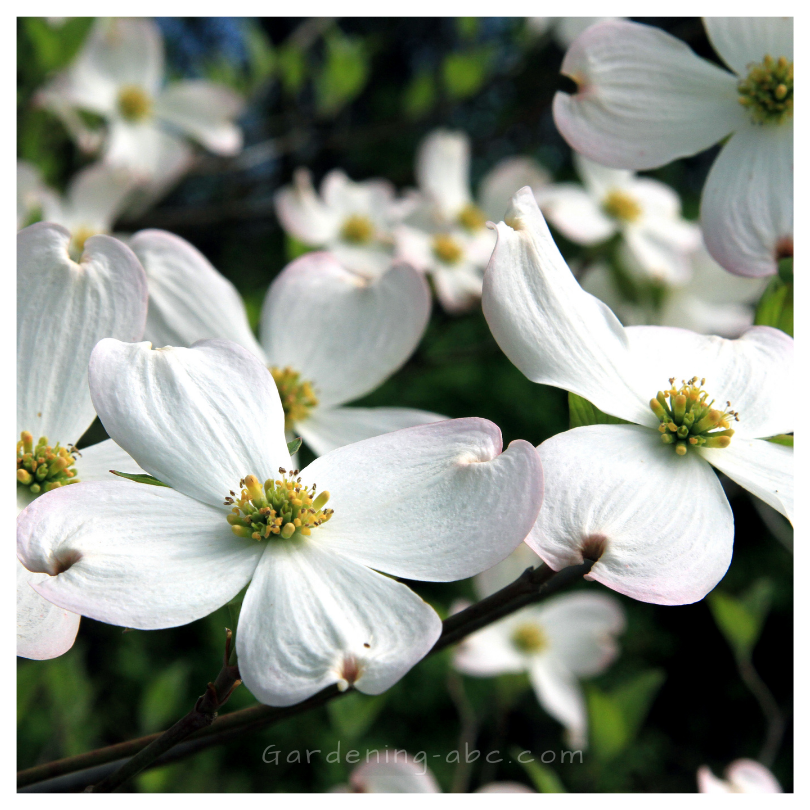
With its elegant white or pink flowers and vibrant foliage, the Dogwood tree is a popular choice for front yards. It thrives in partial shade and well-drained soil. Planting a Dogwood tree adds charm and beauty, especially during spring when its blooms are in full display.
2. Japanese Maple (Acer palmatum):
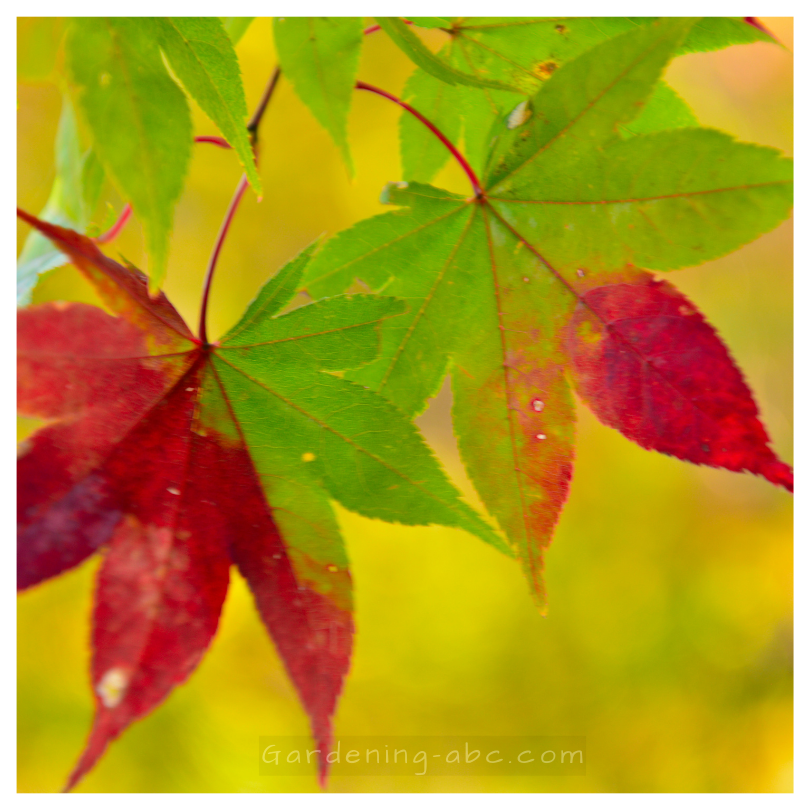
The Japanese Maple is renowned for its stunning and unique foliage. Its leaves come in various shades of red, orange, and yellow, creating a vibrant display throughout the year. This compact tree is ideal for small front yards or as a focal point in larger landscapes.
3. Magnolia Tree (Magnolia grandiflora):
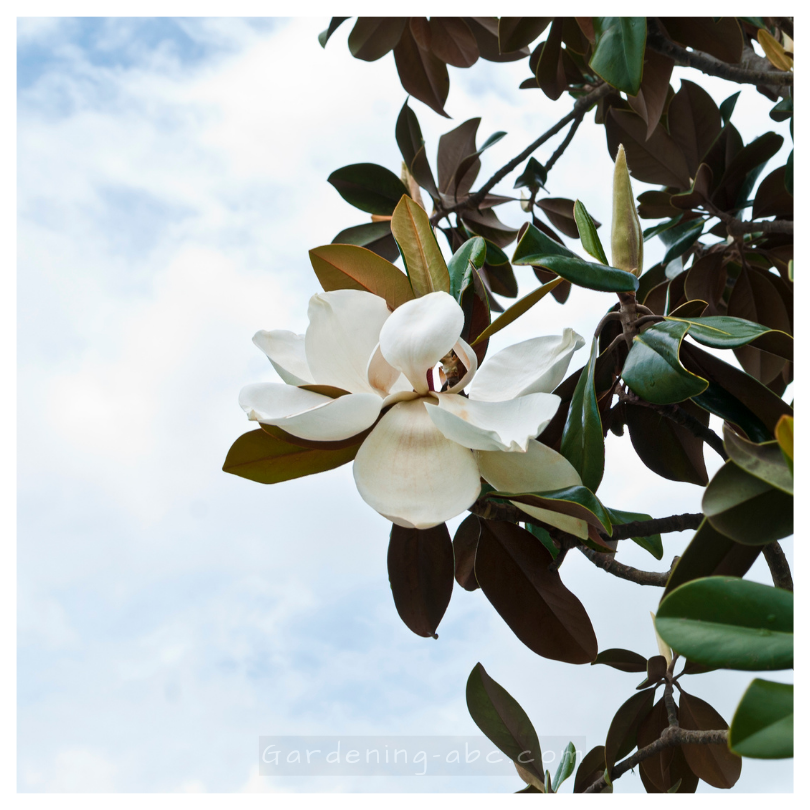
If you desire a tree with striking, large flowers and glossy evergreen leaves, the Magnolia tree is an excellent choice. It’s fragrant blooms and lush greenery will add elegance and sophistication to your front yard. Ensure it has enough space to grow, as Magnolias can reach significant heights.
4. East Asian Cherry (Prunus serrulata):

Known for its breathtaking spring blossoms, the Flowering Cherry tree can transform any front yard into a colorful paradise. The delicate pink or white flowers create a stunning contrast against the tree’s dark bark. This tree prefers full sun and well-drained soil.
5. Crape Myrtle (Lagerstroemia indica):
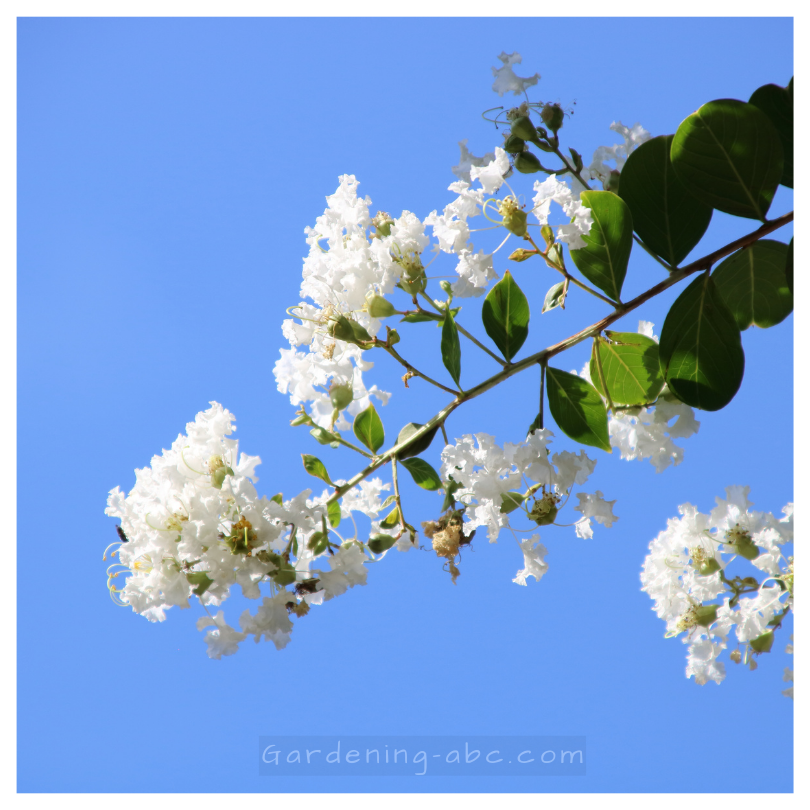
The Crape Myrtle is a versatile tree that offers abundant summer blooms in shades of pink, purple, and white. Its attractive exfoliating bark adds visual interest during the winter months. Crape Myrtles are drought-tolerant and thrive in full sun, making them a low-maintenance option for front yards.
6. Redbud Tree (Cercis canadensis):
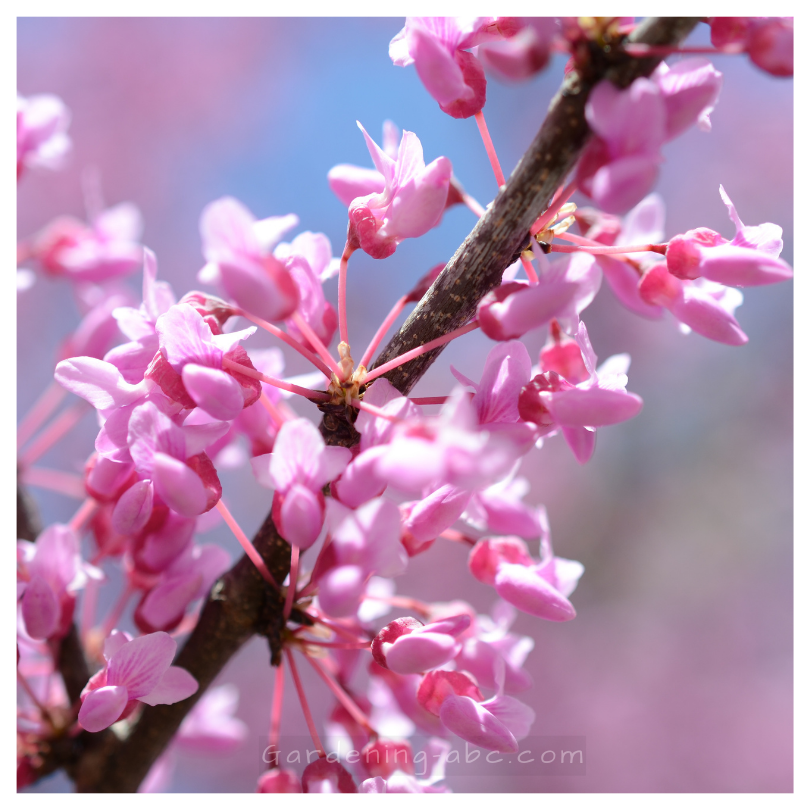
With its vibrant pink or purple flowers, the Redbud tree is a delightful addition to any front yard. It’s heart-shaped leaves and unique form make it a visual standout throughout the year. The Redbud tree thrives in various soil types and prefers partial shade.
7. Eastern Red Cedar (Juniperus virginiana):

If you’re looking for an evergreen tree that provides privacy and year-round greenery, the Eastern Red Cedar fits the bill. This tree is hardy and adaptable, making it suitable for a wide range of front yard landscapes. It also serves as a habitat for birds and wildlife.
8. Weeping Willow (Salix babylonica):
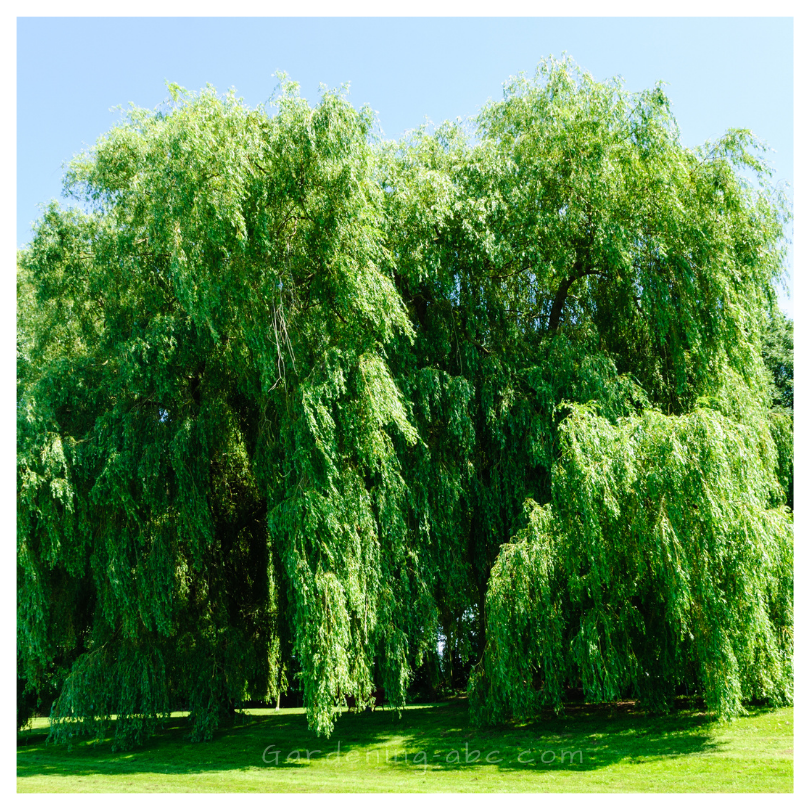
The Weeping Willow is a majestic tree that creates a dramatic focal point in any front yard. Its gracefully arching branches and long, cascading leaves add a touch of elegance. This tree thrives in moist soil and should be planted where its size can be accommodated.
9. Crabapple Tree (Malus):
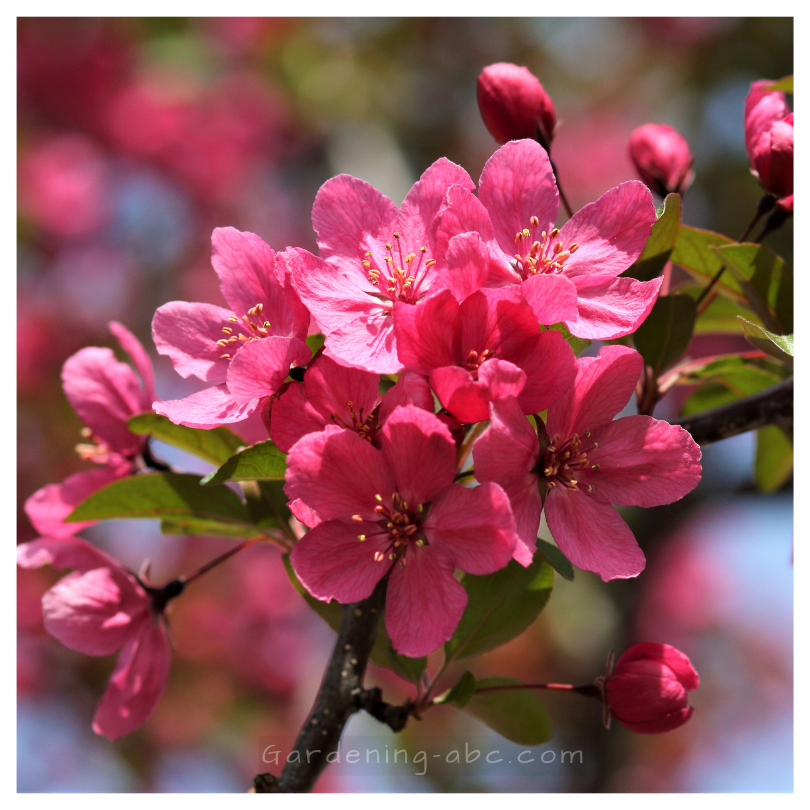
With its vibrant spring blossoms and colorful fall foliage, the Crabapple tree offers year-round visual interest. It comes in a variety of sizes and shapes, making it suitable for both small and large front yards. Ensure proper pruning to maintain its shape and encourage healthy growth.
10. Ginkgo Tree (Ginkgo biloba):
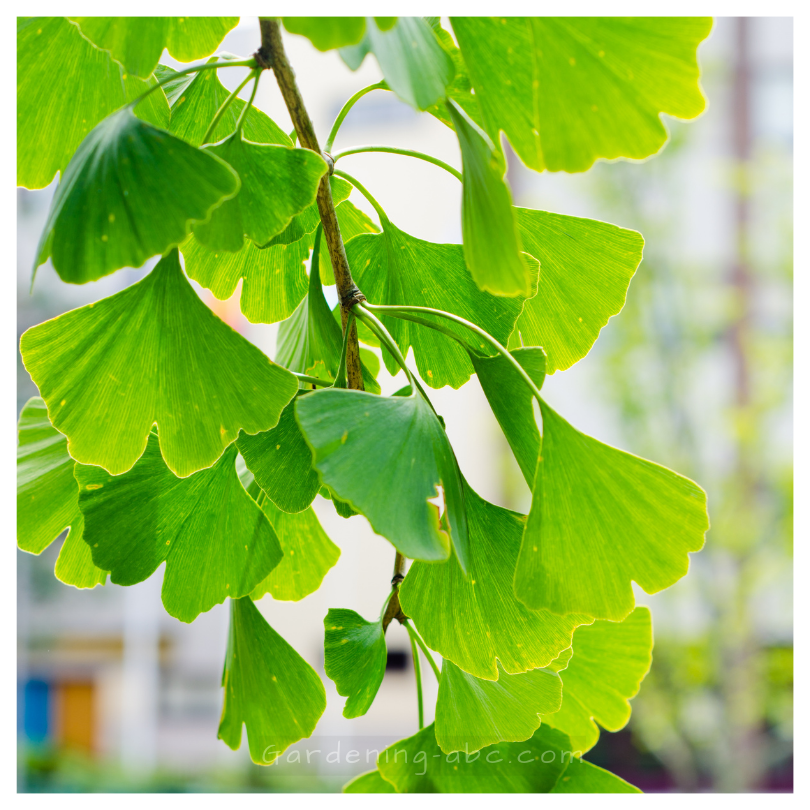
The Ginkgo tree is a living fossil known for its fan-shaped leaves that turn golden yellow in the fall. This tree is not only visually stunning but also has a rich history and symbolic significance. Its unique foliage and hardiness make it a captivating addition to any front yard.
Choosing the Right Ornamental Tree:
When selecting an ornamental tree for your front yard, there are several factors to consider. First, assess the available space and determine the tree’s mature size to ensure it fits harmoniously within your landscape. Consider the tree’s growth habit, such as its shape and branching structure, as it will contribute to the overall aesthetic appeal.
Next, take into account the climatic conditions of your region. Some trees thrive in full sun, while others prefer partial shade or specific soil types. Understanding your local climate and soil conditions will help you choose a tree that will flourish and require minimal maintenance.
It’s also essential to consider the tree’s seasonal interest. Look for trees that offer beautiful blooms in spring, vibrant foliage in autumn, or interesting bark and structure in winter. By selecting trees with varying seasonal characteristics, you can ensure year-round visual appeal in your front yard.
Planting and Caring for Ornamental Trees:
Once you’ve chosen the perfect ornamental tree for your front yard, it’s crucial to plant and care for it properly to ensure its long-term health and beauty.
Site Selection:
Identify an appropriate location in your front yard that provides adequate space, proper sunlight exposure, and well-drained soil. Consider any potential obstructions like power lines or structures that may impede the tree’s growth.
Digging the Hole:
Dig a hole that is wider and slightly shallower than the tree’s root ball. This allows room for the roots to spread out comfortably. Gently loosen the roots and remove any damaged or circling roots before placing the tree in the hole.
Backfilling and Watering:
Fill the hole with soil, firmly packing it around the roots to eliminate air pockets. Create a slight mound around the base of the tree to encourage water retention. After planting, water the tree thoroughly to settle the soil and promote root establishment.
Mulching:
Apply a layer of organic mulch around the base of the tree, leaving a few inches of space around the trunk to prevent moisture buildup. Mulching helps conserve moisture, regulate soil temperature, and suppress weed growth.
Watering and Fertilizing:
Proper watering is essential, especially during the tree’s establishment period. Water deeply but infrequently to encourage deep root growth. Fertilize the tree annually in early spring or as recommended by a professional arborist to provide essential nutrients.
Pruning:
Prune your ornamental tree regularly to maintain its shape, remove dead or diseased branches, and promote healthy growth. Prune during the dormant season to minimize stress on the tree.
How often should I water my ornamental trees?
The watering frequency will depend on various factors such as the tree’s age, weather conditions, and soil moisture levels. Generally, it’s best to water deeply and infrequently, ensuring the soil is adequately moist but not waterlogged.
Can I plant ornamental trees close to my house?
It’s important to consider the tree’s mature size and growth habits when choosing its planting location. If the tree has a large spread or potential for invasive roots, it’s best to plant it a safe distance away from your house to prevent any future damage.
Do ornamental trees attract pests?
While some ornamental trees may attract certain pests, proper care, and maintenance can help minimize pest issues. Regular inspections, early pest detection, and appropriate pest control measures, if necessary, will help keep your trees healthy and pest-free.
How long does it take for ornamental trees to bloom?
The blooming time can vary depending on the tree species and environmental factors. Some trees may bloom in their first or second year, while others may take several years to reach maturity and produce flowers. Refer to specific information about your chosen tree for accurate bloom time expectations.
Can I prune my ornamental trees myself?
While basic pruning tasks such as removing dead or damaged branches can be done by homeowners, it’s recommended to consult a professional arborist for major pruning or shaping. They have the expertise to ensure proper pruning techniques and minimize the risk of damage to the tree.
Conclusion:
Enhancing the front yard with ornamental trees can significantly elevate your home’s curb appeal. From the delicate blooms of the Dogwood tree to the vibrant foliage of the Japanese Maple, each tree offers unique beauty and character.
By carefully selecting, planting, and caring for these trees, you can create a captivating front yard landscape that will be the envy of the neighborhood.
Amazon and the Amazon logo are trademarks of Amazon.com, Inc, or its affiliates.

Hi there! My name is Prasenjit and I’m an avid gardener and someone who has grown a passion for growing plants. From my hands-on experience, I have learned what works and what doesn’t. Here I share everything I have learned.
